
From its tasty cuisine to its picturesque forests and beaches, Thailand is, beyond any doubt, a hot spot for travelers around the world. They travel to the country for its silvery waterfalls, gleaming temples, azure waters and friendly, laid-back people. It's a place that is perfect for visitors who are expecting a carefree holiday.
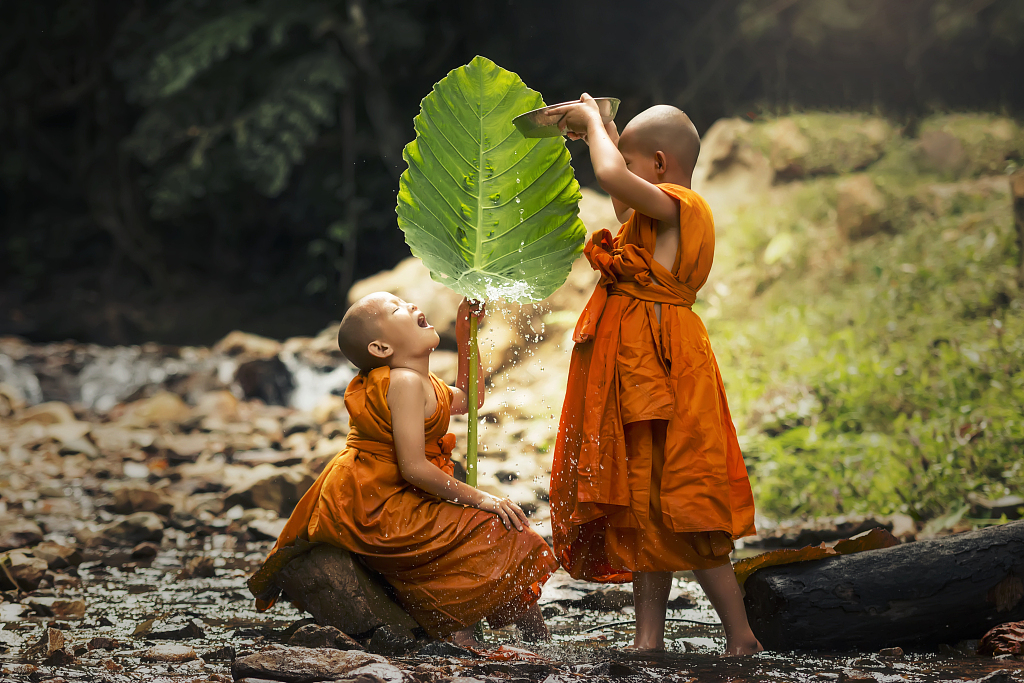
Thailand is not only nicknamed the "Land of Smiles" but also referred to as the "Land of Buddhism." /VCG Photo
Thailand is known for its nature beauty. There are over 100 national parks in the country including Khao Yai National Park, a UNESCO World Heritage Site, and Doi Inthanon National Park that is home to a wide range of animal species.
In this article, we introduce four gorgeous plants that you can look for when you explore Thailand, the "Land of Smiles."
Lotus
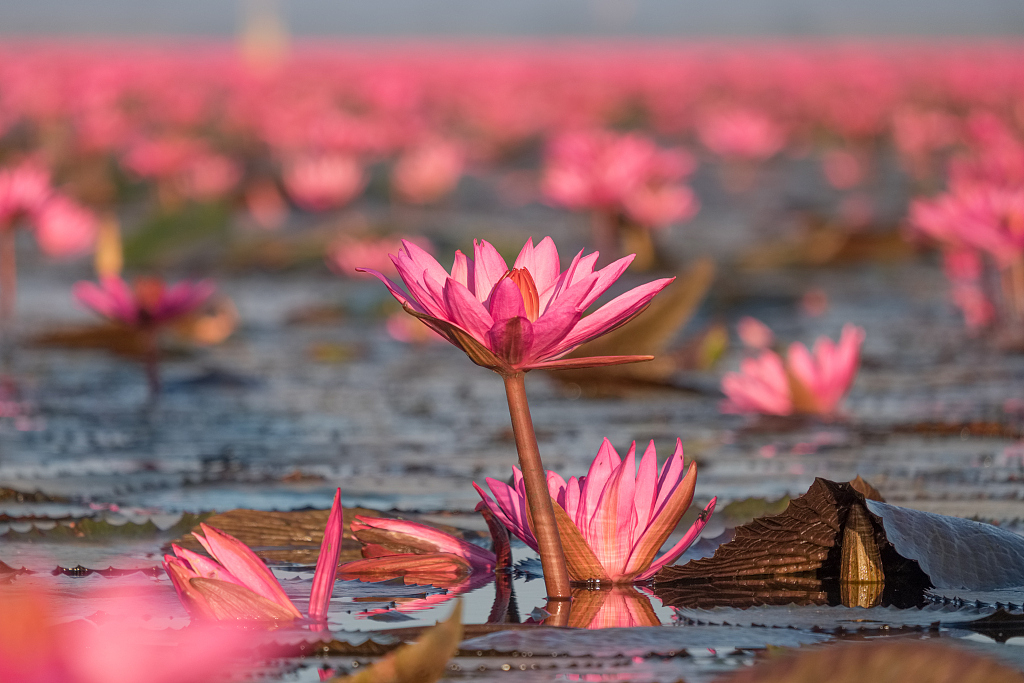
Lotus is commonly seen in Thailand. /VCG Photo
Lotus is seen as the flower of Buddhism. As a religious symbol, the flower can be found in countless lakes, ponds as well as water-filled urns in Thailand, where more than 90 percent of the population are Buddhists.
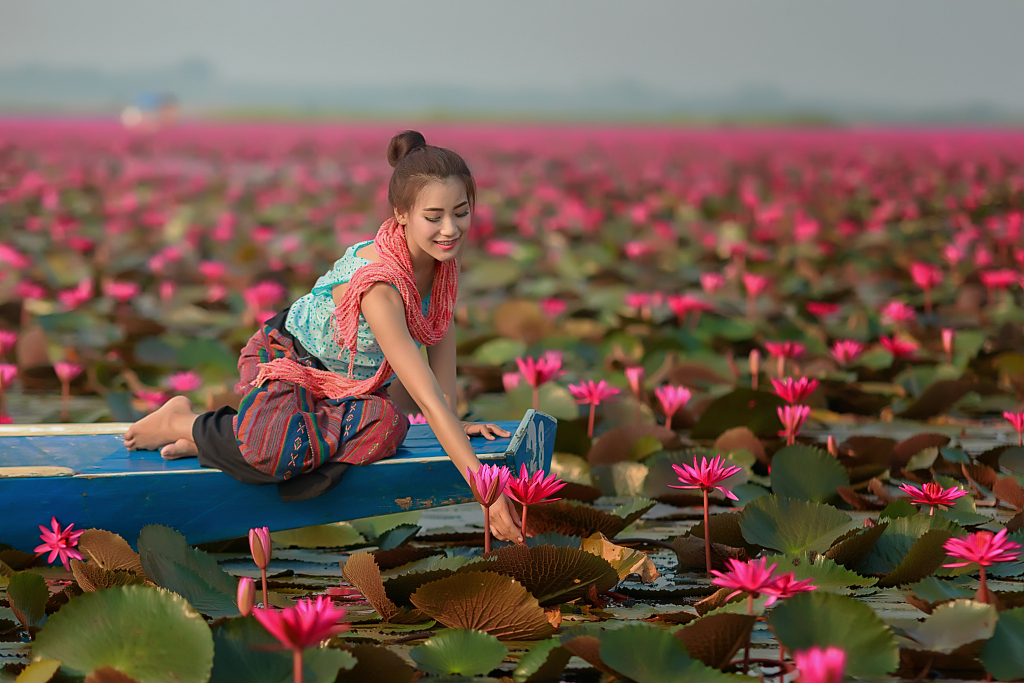
The Red Lotus Sea in Thailand is best witnessed between November and late February. /VCG Photo
The best place to enjoy the beauty of lotus in Thailand is Talay Bua Daeng (the Red Lotus Sea) in Udon Thani in the northeastern region of Thailand. It's a lake with thousands of lotus flowers that will make you gasp in admiration at the beauty of mother nature.
Plumeria
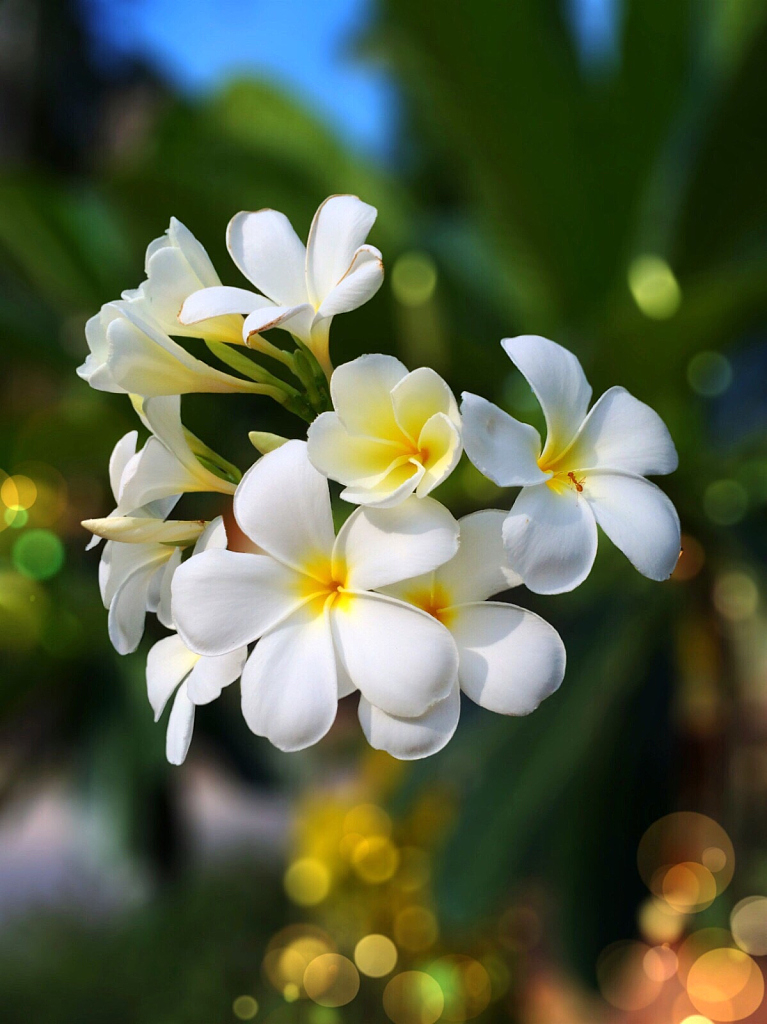
A close-up look of plumeria flowers. /VCG Photo
In the past, plumeria, also called frangipani, was thought to be an unlucky plant in Thailand so it should be avoided in residential areas. Now the flower is commonly used for decoration. You can see it tucked behind a girl's ear or placed on tables for display.
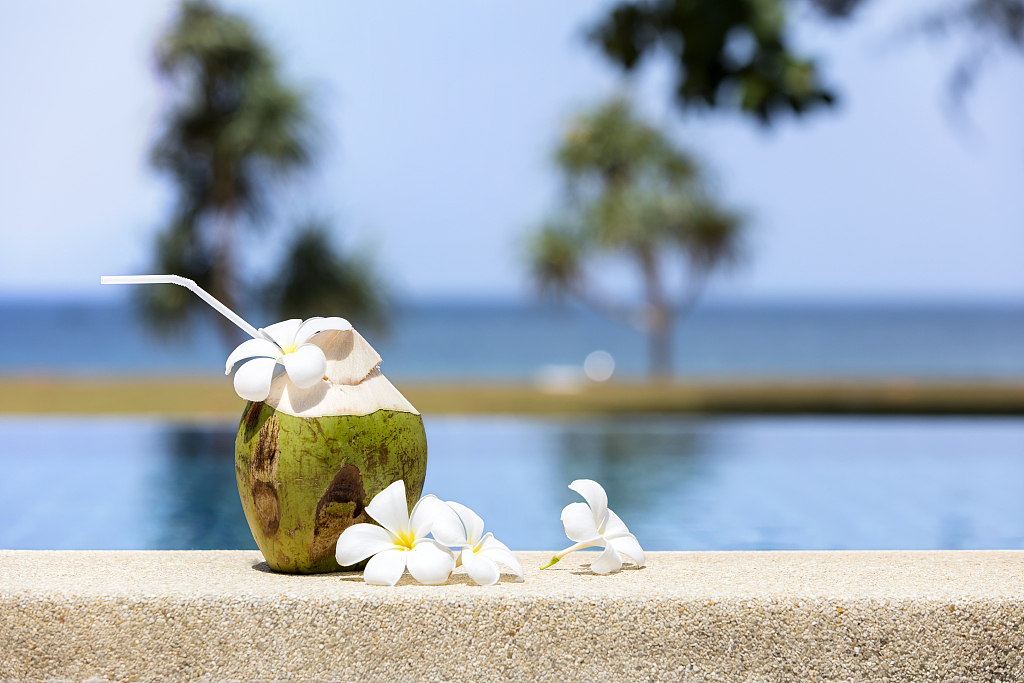
The plumeria flower is commonly used for decorations. /VCG Photo
The plumeria flower has a tricky relationship with hawk moths, as the flower needs them to pollinate. However, the flower does not have any nectar to offer the moths. Therefore, the plant is most fragrant at night to lure and trick the hawk moths.
Orchid
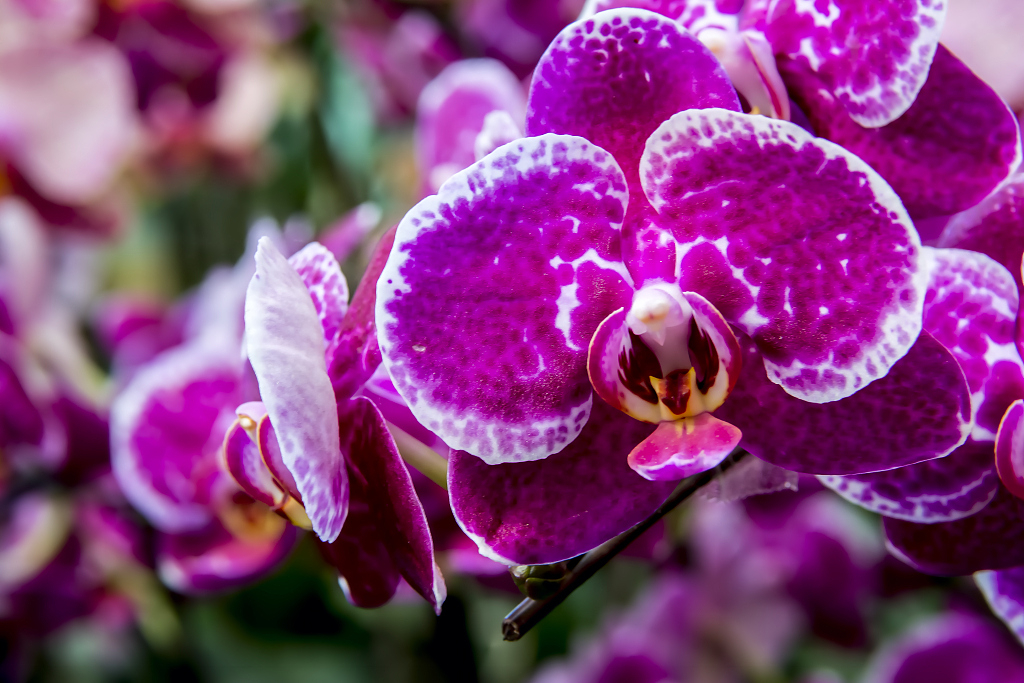
More than 1000 orchid species grow in Thailand. /VCG Photo
Thailand, with more than 1000 orchid species, is one of the leading exporters of the flower in the world. The wild orchids usually flower in January and again in August during the rainy season. However, since the flower is so popular, the hybrid orchids bloom all year round so that they can be used for decorations.
Bat flower
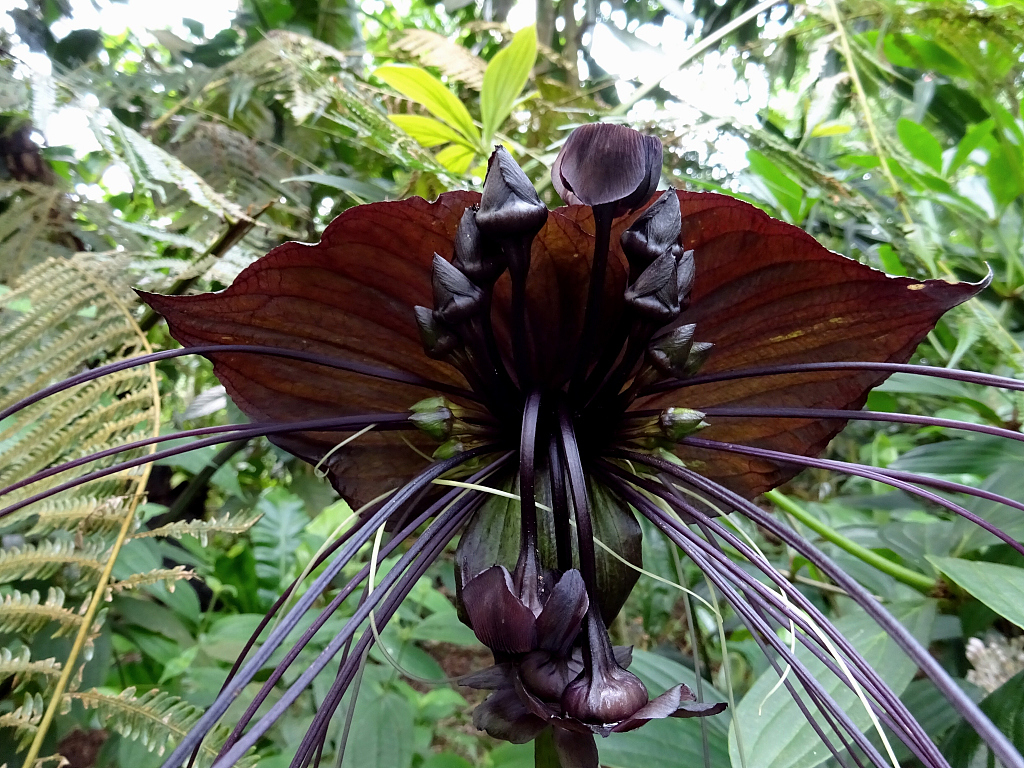
The black bat flower is listed as an endangered plant. /VCG Photo
The black bat flower mainly grows in the jungles of Thailand. The plant produces bat-shaped flowers with long whiskers. It is native to tropical regions of Southeast Asia including Thailand and Malaysia.
The bat flower needs a lot of water to grow. It requires high humidity and well-drained soil, which makes it difficult to cultivate them. Due to excessive poaching, the black bat flower is listed as an endangered plant.
About 'Plants & Nations'
Plants & Nations is a series of articles and pictures about common plants in the world. It serves as a guide to beautiful plants from different countries.
For more articles of the series, you can check:
(Cover: VCG)
(If you want to contribute and have specific expertise, please contact us at nature@cgtn.com.)

Copyright © 2018 CGTN. Beijing ICP prepared NO.16065310-3
Copyright © 2018 CGTN. Beijing ICP prepared NO.16065310-3